KitchenAid 30-in Self-Cleaning Convection Microwave Wall Oven Combo (Stainless Steel)
This 30″ Combination Wall Oven with Even-Heat™ True Convection provides consistent heating and even cooking. A unique bow-tie shaped design and convection fan helps ensure there are no burnt edges or undercooked centers. Its upper Microwave Convection Cooking Oven combines a 900 watt microwave with a 1600 watt convection element for high speed cooking. Bold design details are the perfect balance of elegance and functionality.
This 30″ Combination Wall Oven with Even-Heat™ True Convection provides consistent heating and even cooking. A unique bow-tie shaped design and convection fan helps ensure there are no burnt edges or undercooked centers. Its upper Microwave Convection Cooking Oven combines a 900 watt microwave with a 1600 watt convection element for high speed cooking. Bold design details are the perfect balance of elegance and functionality.
- Even-Heat™ True Convection oven (lower oven) provides consistent heating and even cooking
- Microwave convection cooking (upper oven) increases the speed of cooking and provides a secondary convection cooking option
- Professionally – inspired design combines a bold blend of professionally-inspired styling with sleek touches for the home
- Temperature probe (lower oven) – allows accurate measurement of internal temperature of meats, poultry, and casseroles without having to open the oven door
- EasyConvect™ Conversion System takes guesswork out of convection cooking by ensuring you can get exceptional results when experimenting with new or familiar recipes
- Crispwave™ Microwave Technology and crisper pan (upper oven) – allows the microwave oven to be used for grilling, frying, and convection cooking, the specially designed crisper pan can be used to brown, crisp, and pan-fry foods
- SatinGlide™ roll-out extension rack (lower oven) – allows easy loading and features an easy-grip handle, giving you the confidence when cooking with large or heavy dishes
Additional information
| Actual Depth (Inches) | 26.875 |
|---|---|
| Actual Depth with Door Open (Inches) | 46.75 |
| Actual Height (Inches) | 42.5 |
| Actual Width (Inches) | 30 |
| Common Oven Size | 30 inch |
| Cutout Depth (Inches) | 24 |
| Cutout Height (Inches) | 41.375 |
| Cutout Width (Inches) | 28 |
| Microwave Capacity (Cu. Feet) | 1.4 |
| Oven Capacity (Cu. Feet) | 5 |
| Usable Oven Interior (H x W x D) | 18 x 25 x 19 |
| Warranty | 1-year limited |

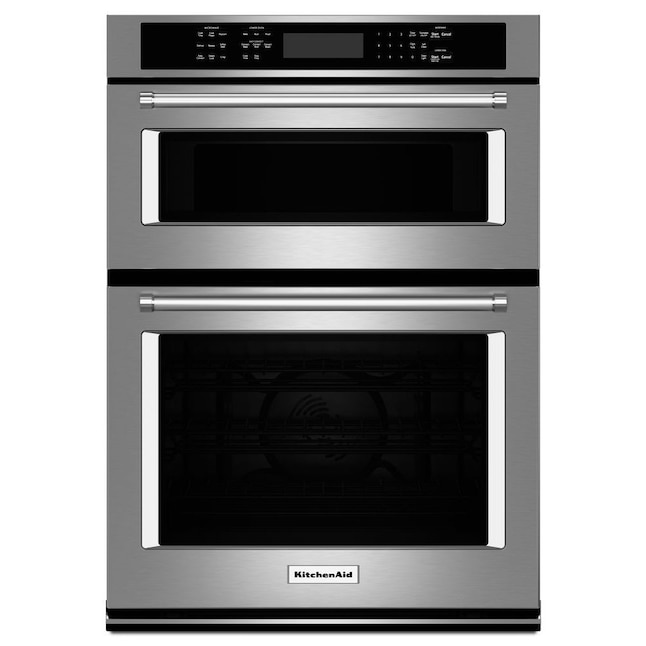
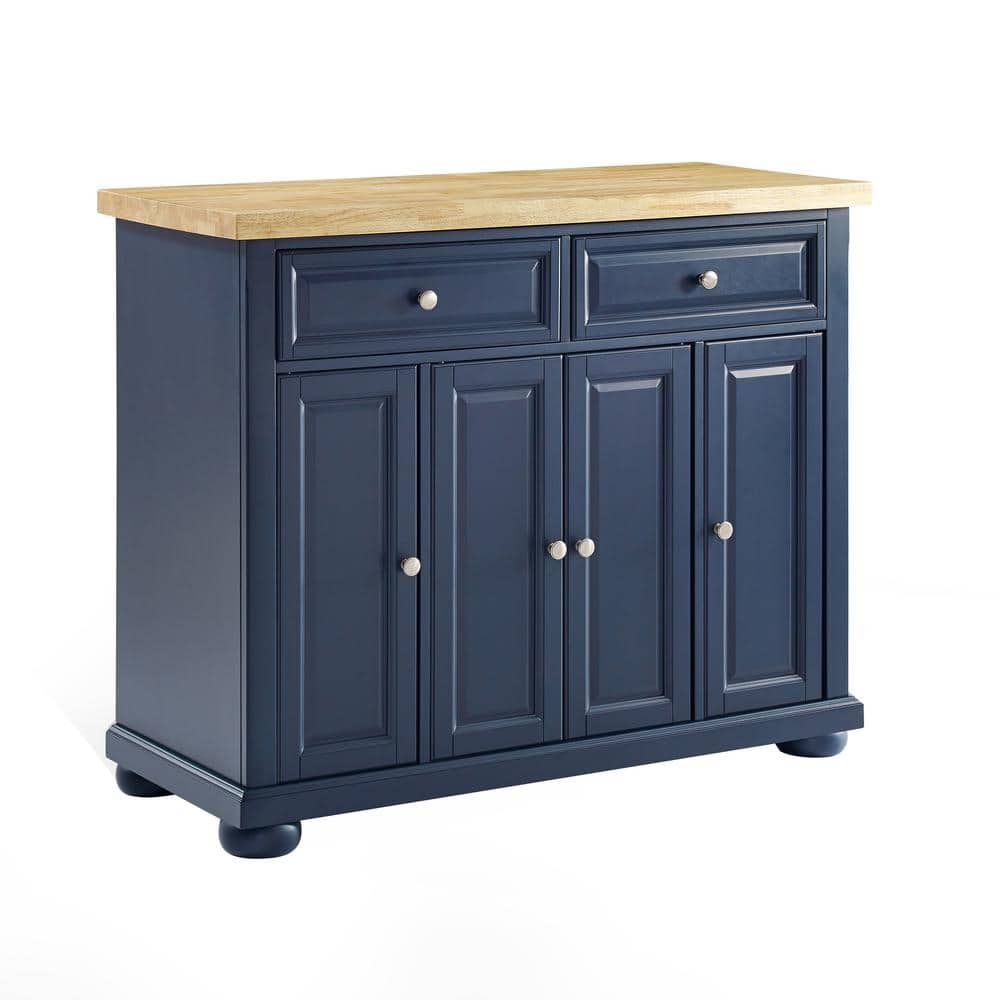
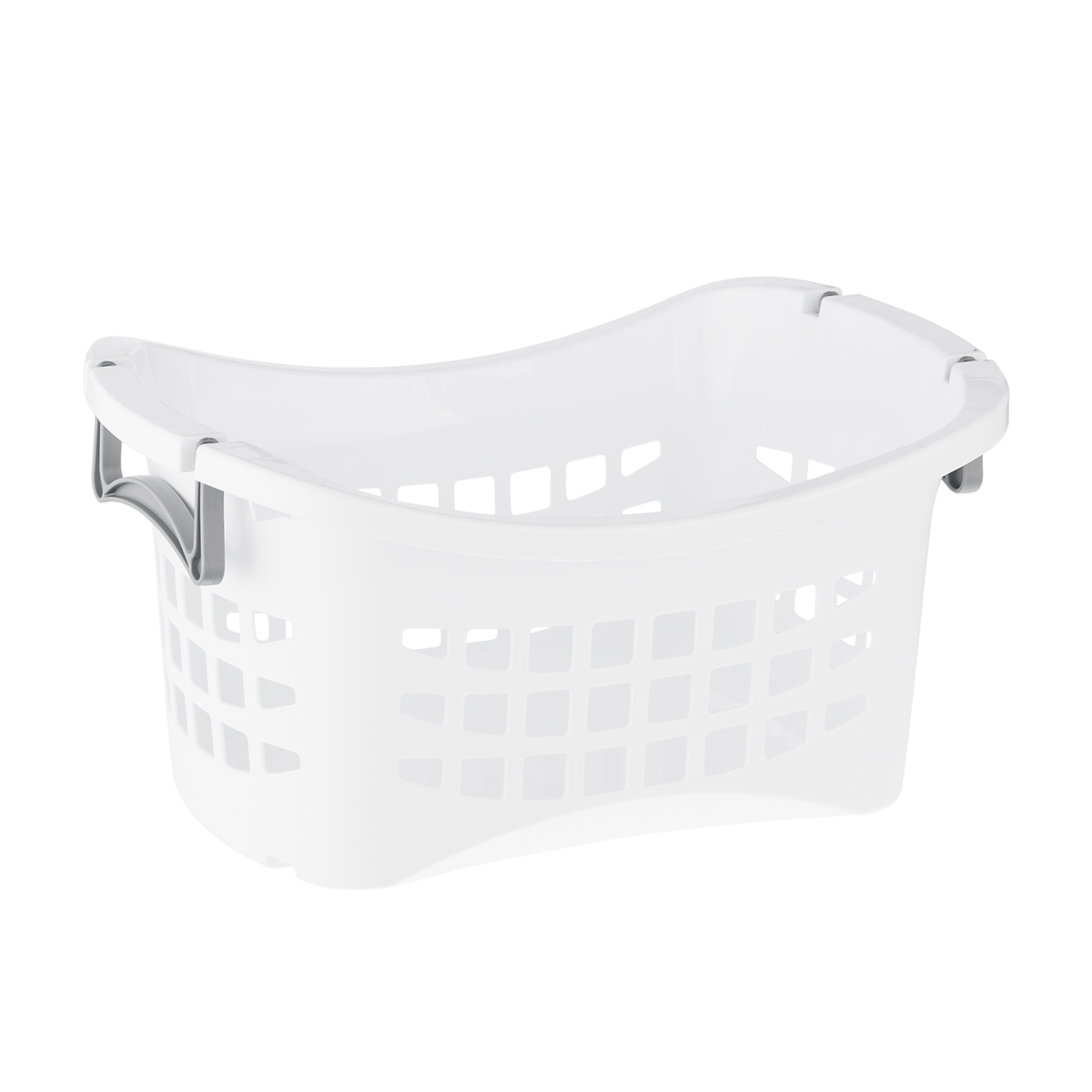
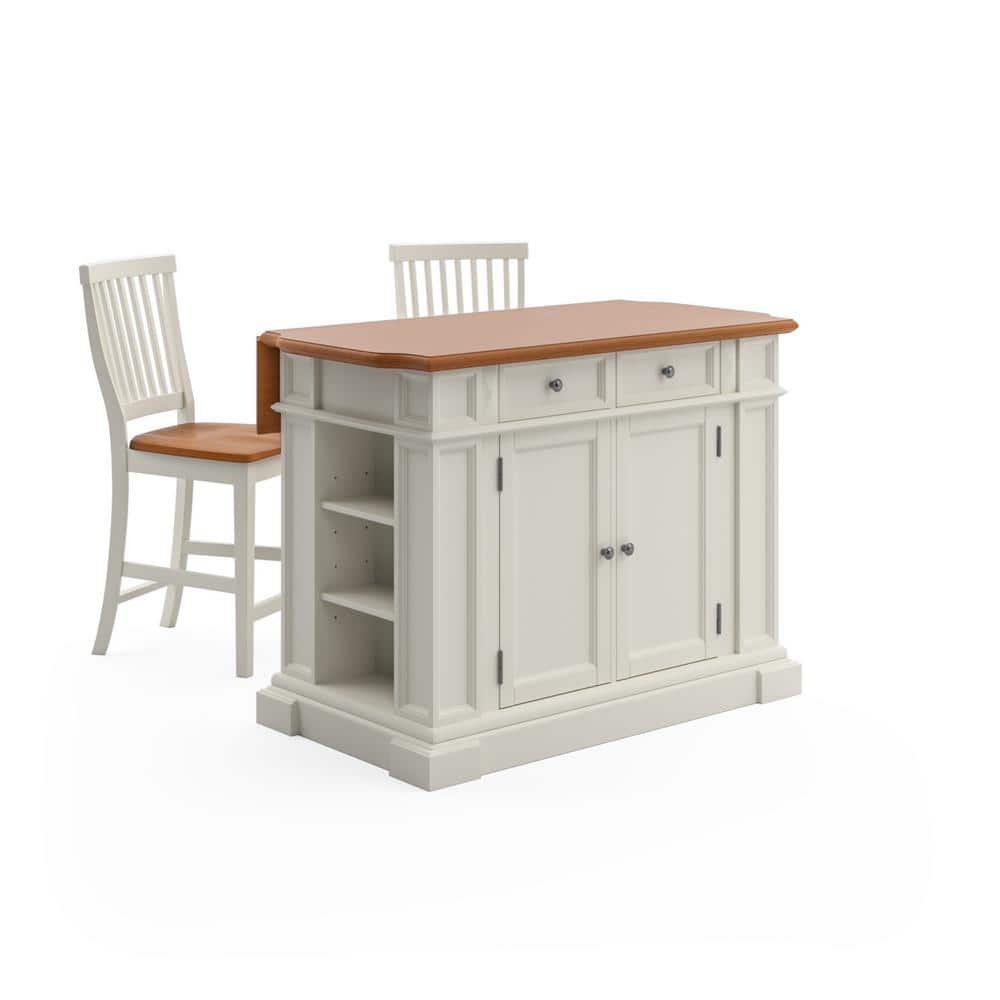
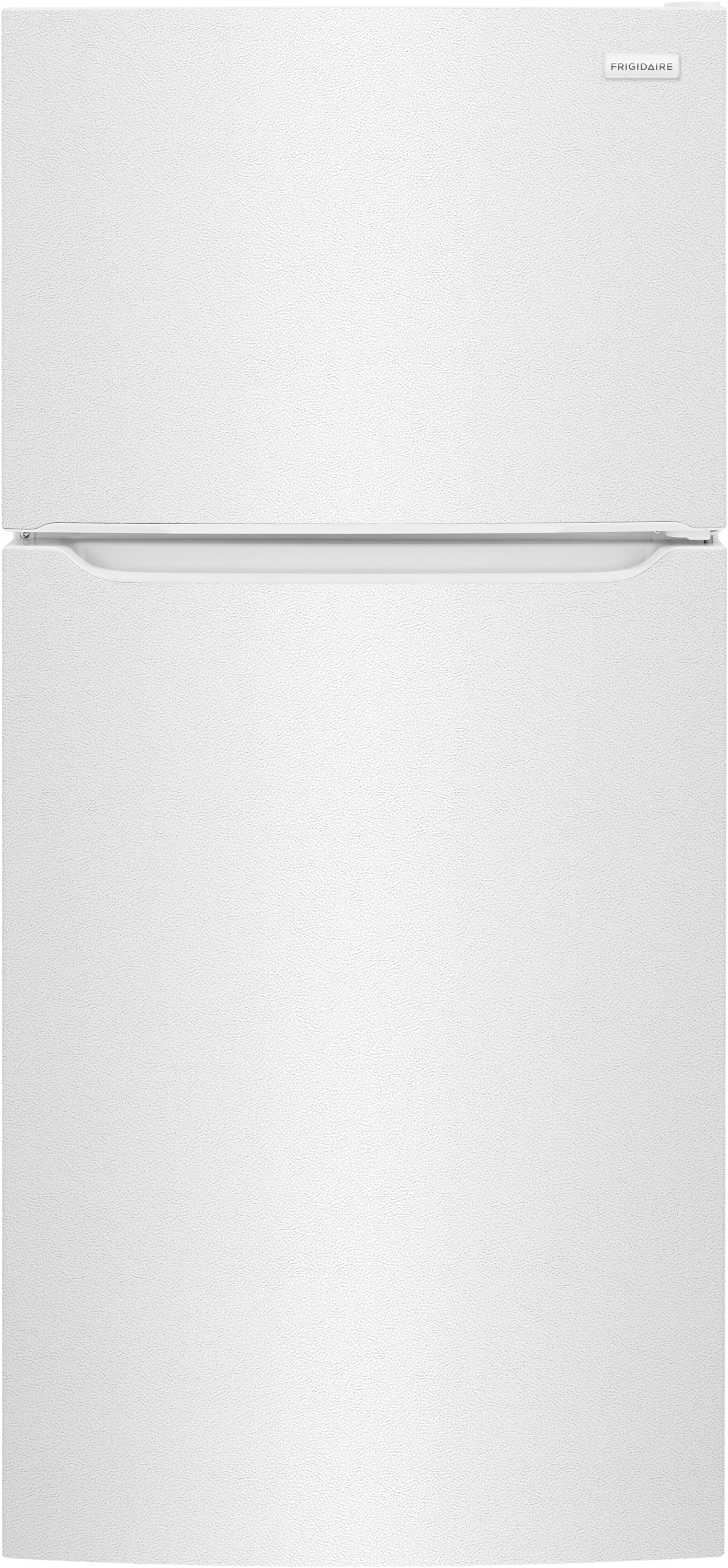
by Bratt
Bought this along with a full set of Kitchenaid appliances. Love the convenience of the microwave with crisp setting along with full wall oven. Looks elegant and works great
by Linda
I really like the wall oven and microwave combo. It is easy to use and it looks nice. The only thing to note is that you cannot use the microwave and oven at the same time.
by Jay
I bought this to replace a previous Kitchen Aid hoping the cutout size would be the same and it fit perfectly! No adjustments to my cabinetry. I love the blue color inside the oven and my husband prefers the updated industrial handles to the previous model. It’s easy to use. The timer is a little louder, which I like. It does everything we want. Only one hitch is that three times in the past month when I was heating multiple things in a row in the microwave, the microwave stopped midcycle and gave an error message. It said to restart. I did restart and carried on just fine. Maybe it is a built in protection of some sort? It only happened when I was doing dish after dish after dish. It does not change the fact that I love this.
by Sen
This wall oven/microwave replaced an older model in our home that was no longer repairable. The oven seems fine. The microwave takes a lot longer to warm things than the older one, and the “popcorn sensor” is worthless